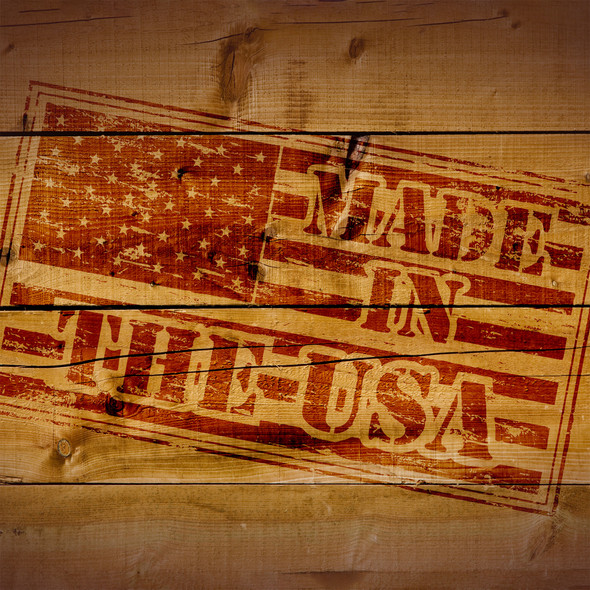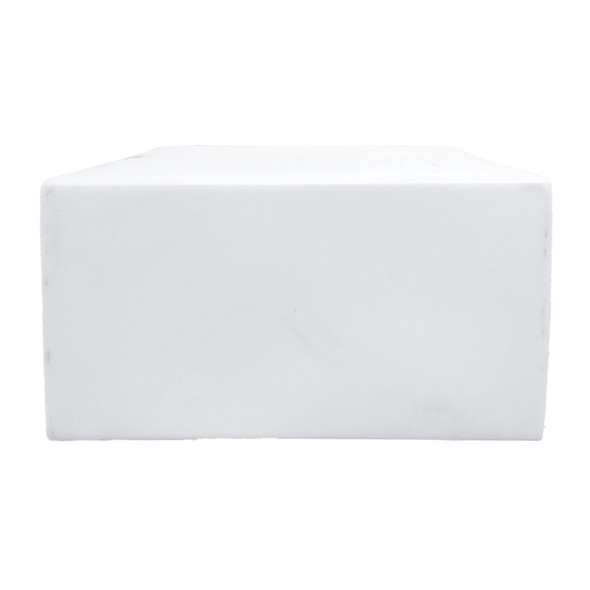With that in mind, let's talk about what you can expect from the RV fresh water tanks we offer here at RecPro.
Over time, the tank that came with your RV will likely wear down (most likely because it's made of cheap plastic!). The good news? You don't have to wait for this to happen to invest in a fresh water tank that will stand the test of time and provide you with all your hydration needs while you're cruising the country or camping.
We offer strong, durable, securely-constructed RV fresh water holding tanks that will safely hold different water capacities to fit you and your family's needs. You can replace the standard tank in your RV, or buy one as a backup in case you never need it! It can be great in an emergency situation if your other tank fails you. Again, no one wants to go without water for too long. Even if you don't use one of our top of the line tanks right away, having it as a backup means you'll always be prepared, and your teenage daughter who was reluctant to come on your camping trip in the first place won't complain about not being able to take a shower.
Our tanks come in a variety of sizes to fit your recreational vehicle, food truck, concession stand, travel trailer, fifth-wheel, or small home. We also offer a universal fittings kit for our fresh water tanks, which uses an self-sealing grommet system, to help you get everything you need for your tank installation in one place!
Not only are our tanks made to last, they're also incredibly easy to use! The construction is seamless, so you don't have to worry about wear and tear or leaking. When it comes time to fill your RV fresh water holding tank, you don't have to worry about maneuvering your water supply around to get a full tank. Our tanks have four fill ports. So, you can easily fill a tank by rotating it where you need it most. When you're done, slide it back into place for fresh-tasting, clean, pure water each and every time.
Water tanks on your mobile home or RV don't have to be something substandard. It might not seem like such a big deal. After all, it's just a box that holds water, right? But, it can instantly become a huge deal when a standard-issue water tank fails. With a RecPro fresh water tank, not only can you choose the size you need for your rig, but you can do it with confidence. Stay happy and hydrated by fitting your RV with the tank you and your passengers really deserve.
Please note, the exterior of tanks may appear dusty due to shipping and fulfillment practices. The interior of the tanks have been sealed off immediately after molding to guarantee and prevent any cross-contamination.
About RV Water Tanks
Average RV Water Tank Sizes
The average size of an RV fresh water tank varies from model to model, with tank capacities typically ranging from 20 gallons to 100 gallons, with Class A Motorhomes having the largest. Refer to the list below for the average water tank size for each type of motorhome.
- Class A Motorhomes - 75 to 100 gallons
- Class B Motorhomes - 20 to 40 gallons
- Class C Motorhomes - 35 to 60 gallons
- Travel Trailers - 40 to 60 gallons, although some travel trailers will have tanks as small as 20 gallons
- Fifth Wheel Trailers - 60 to 80 gallons
What Is A Good Size Water Tank For An RV?
At a minimum, you should have a 20-gallon freshwater tank on your RV, but it is highly recommended to have a larger tank, such as a 40-gallon or 50-gallon tank.
A 20 or 30-gallon water tank will work for a single person going on a short trip, but if you are going on a longer trip, living in an RV full time, or traveling with one or more companions in addition to yourself, then you may need 40 to 100-gallon water tanks or larger.
Essential factors to consider when choosing the right size RV water tank include:
The Type Of RV You Own - Your RV may already come factory-equipped with a suitably sized water tank.
The Length Of Your Trip - The longer you are camping or out traveling, the more water you will use over time, and the more water you will need.
Daily Water Usage - How much water do you think you will typically use in a day for drinking, showering, cooking, washing dishes, cleaning, etc?
The Number Of People - The more people you are traveling with, the more water you're going to use daily, and thus the more water you will need.
Boondocking or Hookups - If you plan on boondocking, you will typically be far away from water-fill locations, meaning you will need a water tank appropriate for long or short periods of off-grid living.
Alternatively, if you are staying at an RV campground, you may only need a smaller water tank, as most RV campgrounds offer nearby water-fill stations.
Fresh Water Tank Location on an RV
For most RVs, the freshwater tank will most often be in the middle or near the rear of the RV and is usually located below the floor of the RV between the frame rails.
However, the location of the freshwater tank can vary quite a bit between different RV floorplans, with some RVs having tanks installed above the floor underneath a bed or cabinet.
The terminations for the tank, such as the freshwater fill and drain, are usually found on the driver's side of the RV, usually towards the middle or back.
The low point drain for freshwater tanks is also usually on the driver's side of the RV but is usually found on the underside of the RV, with blue signifying the cold water line and red signifying the hot water line.
How To Check An RV Water Tank
Before checking your freshwater tanks, first, make sure that your RV is level. Uneven conditions can make it difficult to accurately read your water levels. There are several ways to check the water levels of your freshwater tanks, with the easiest and most common being through the tank monitor panel.
Most RVs are equipped with a tank monitor panel, which, in most cases, will allow you to check the water level of your freshwater tanks by pressing a button labeled "fresh" or "water." Other methods of checking your RV water tank include visually inspecting your tanks, if possible, or using a dipstick gauge if your RV is equipped with one.
How To Clean / Sanitize An RV Fresh Water Tank
Start by completely draining the old water out of your fresh water tank and water system. Bypass the water heater if needed, then turn off the water pump.
Use a specialized RV tank cleaner, following its instructions to add the cleaner to the freshwater tank. Alternatively, you can mix a solution of diluted bleach using a ratio of 1/4 cup bleach for every 15 gallons of tank capacity. NOTE: Do NOT use bleach to clean or sanitize a black or gray RV water tank.
Once you have your bleach or cleaning solution prepared, pour the solution into the fresh water tank, then fill the tank with potable water until it is full. Turn on the water pump and open all hot and cold water faucets and shower heads. Let the water run until you can smell the sanitizing solution at each faucet.
Once you can smell the solution at each point, close all faucets and shower heads and let the solution sit in the water system for the time specified by the instructions of the cleaner. If using the bleach method, let the solution sit for several hours or overnight.
Drain the cleaning solution from the water tank and your water system, then fill the water tank up with clean water and flush the water system. Repeat this process until all traces of the cleaning solution are gone. Once the solution has been flushed from your water tank and water system, you may turn your water heater back on and fill it with fresh water.
How To Store Your RV Water Tank
If your RV will be unused for an extended period of time or you are storing it for the winter, you will need to prepare your fresh water tank for storage to prevent freezing or other potential damage.
Begin by completely draining your fresh water tank by locating and removing the fresh water tank drain plug and opening all low-point drains to drain water out of your plumbing system. You should not leave water in the water tank when storing your RV.
If you are winterizing your RV, you can use an air compressor to remove any remaining water from your water lines. If your RV is equipped with a water heater, make sure it is drained and left open to prevent it from becoming damaged.
It is recommended, but not required, that you clean and sanitize your fresh water tank before moving forward. See the above section, "How To Clean / Sanitize An RV Fresh Water Tank," for instructions.
If you are storing your RV in freezing temperatures or winterizing, you will need to use an air compressor to remove all water from your water lines. You can also use RV antifreeze, which will also help prevent your water lines and plumbing from freezing and cracking.
Your black and gray water tanks should be emptied and cleaned as well, with a small amount of RV antifreeze added. Leave the valves open on your gray and black water tanks to prevent pressure buildup and improve ventilation during storage.
Duration
How Long Does An RV Water Tank Last
In terms of lifespan and durability, RV water tanks can last for years if properly taken care of, with plastic water tanks being especially long-lasting.
How long the water in your RV water tanks will last depends on several factors, such as the tank capacity, your daily water usage, and how many people you are traveling with. RV water tanks can last anywhere from several days to a month or longer, depending on those factors.
As an example, a 100-gallon fresh water tank with two people boondocking can last up to 8 days, 5 days for four people, or 3 days for six people.
You can extend how long your freshwater lasts by conserving water in various areas of your RV life. You can try taking shorter showers, using less water when washing your hands or brushing your teeth, or minimizing the amount of water you use when washing dishes.
How Long Can You Leave Water in An RV Tank
You can safely store potable water in your freshwater tanks anywhere from a few days to several months. However, it is recommended to store water for no longer than six months, as doing so will help prevent bacterial growth and ensure your water tastes fresh and clean.
Costs
How Much Does It Cost To Fill An RV Water Tank
Filling an RV fresh water tank is usually inexpensive, but the exact price can vary depending on factors such as the size of your water tank and where you are getting your water.
Many truck stops, city parks, and rest areas offer free water fill stations, while campgrounds and RV parks may charge a small fee, usually $5 to $20.
How Much Does It Cost To Replace A Fresh Water Tank
The cost of an RV water tank replacement varies greatly and is influenced by factors such as the tank size, the tank material, who you are purchasing the tank from, and if you need professional installation.
Most plastic freshwater RV tanks can cost anywhere from a few hundred dollars to a thousand dollars or more, while metal tanks are more expensive.
In general, plastic freshwater tanks cost between $0.50 and $1 per gallon of tank capacity, while metal tanks generally cost between $0.75 and $2 per gallon of tank capacity.




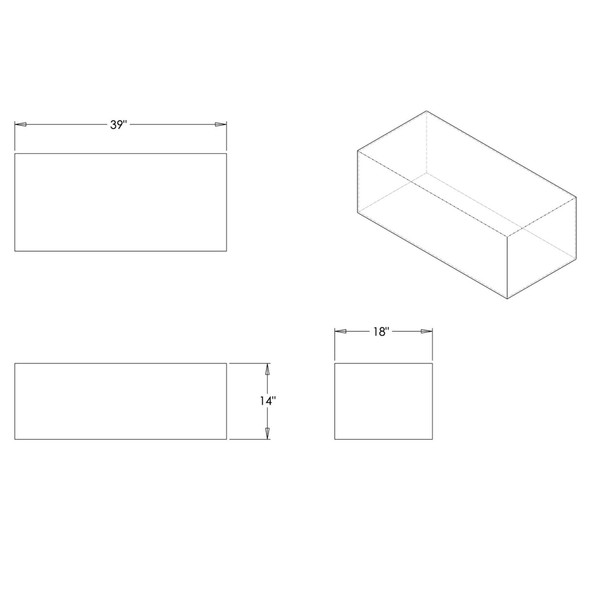

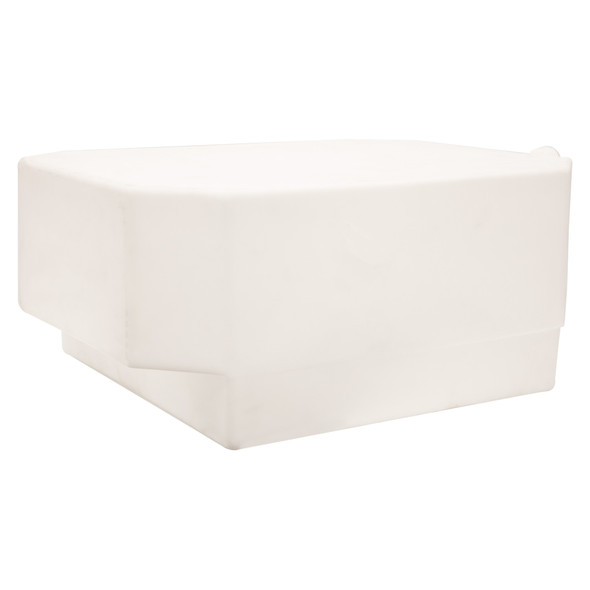
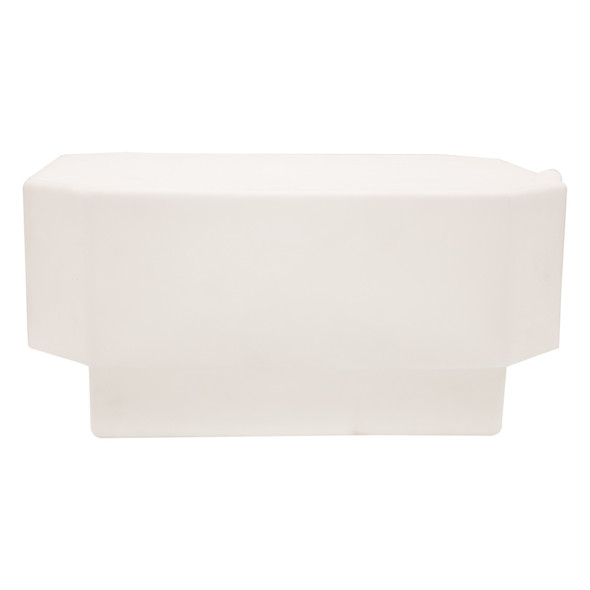

 $209.95
$209.95












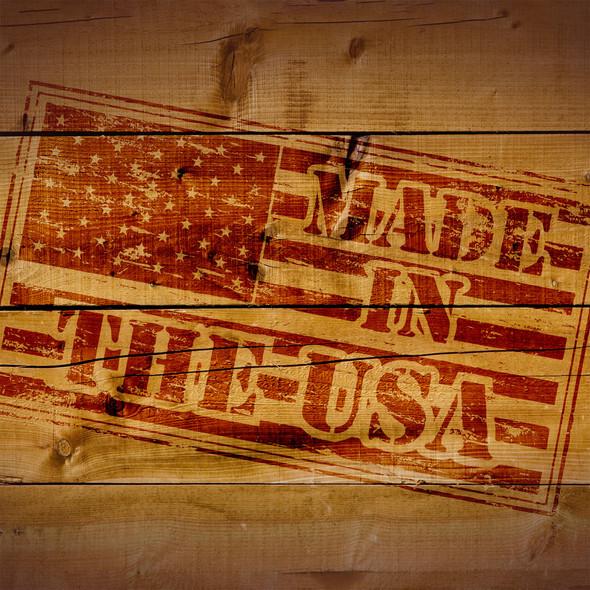
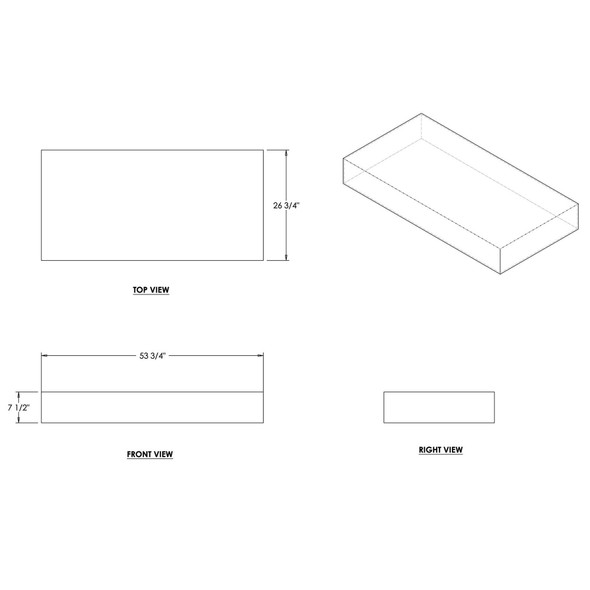


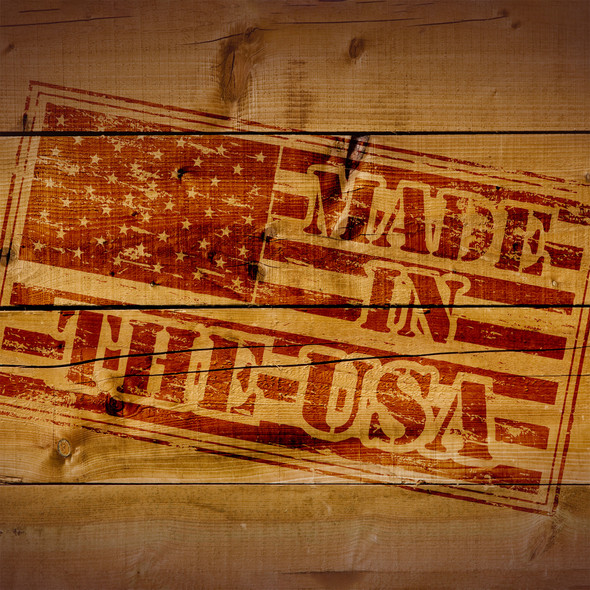 $284.95
$284.95

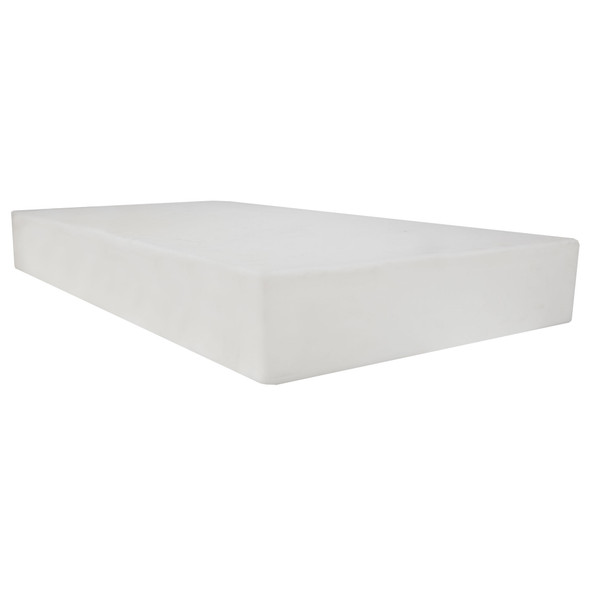
 $224.95
$224.95


